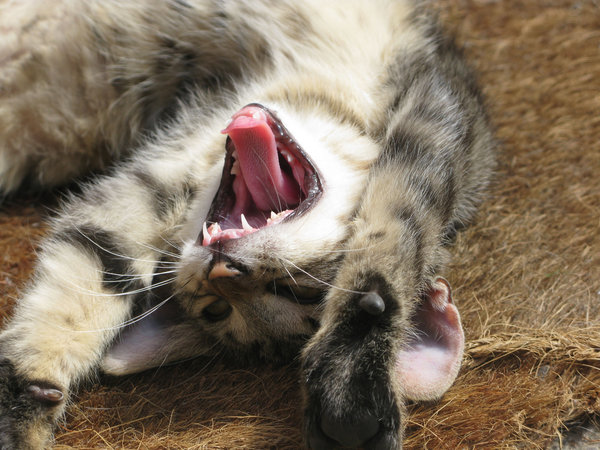Tracking Solutions: Lessening Cat Litter Mess

Cat litter and litter boxes play an essential function in the lives of both felines and their owners. From the humble beginnings of sand and soil to the innovative improvements these days, the world of cat litter has actually developed substantially. In this thorough guide, we look into every aspect of cat litter and litter boxes, exploring their history, types, benefits, difficulties, and everything in between.
The history of cat litter dates back centuries, with ancient civilizations using sand, soil, and even ashes as primitive litter materials. However, it wasn't up until the mid-20th century that contemporary cat litter as we understand it emerged. In 1947, Edward copyright presented the world's very first industrial cat litter made from absorbent clay, reinventing the method felines relieved themselves inside your home. Considering that then, cat litter has actually undergone various changes, with the introduction of clumping litter, silica gel litter, naturally degradable choices, and more.
Today, cat owners are spoiled for choice when it pertains to picking the ideal litter for their feline buddies. Standard clay litter stays popular for its cost and effectiveness in absorbing odors. Clumping litter, which forms strong clumps when wet, streamlines cleaning and maintenance. Silica gel litter, made up of extremely absorbent silica crystals, provides superior smell control and durability. Naturally degradable options, such as recycled paper, wood pellets, corn, and wheat, appeal to ecologically mindful consumers.
Each kind of cat litter provides unique advantages. Clay litter stands out in its ability to absorb wetness and control smells, making it a dependable choice for lots of feline owners. Clumping litter simplifies everyday scooping and extends the time between complete litter modifications. Silica gel litter offers exceptional smell control and can last longer between replacements. Biodegradable litters use a sustainable alternative that minimizes ecological impact.
While cat self cleaning cat litter box litter boosts indoor feline health, it is not without its challenges. Dust from clay litter can posture breathing risks for both felines and people, prompting the appeal of dust-free alternatives. Some felines may establish litter box aversion due to concerns with texture, scent, or tidiness, necessitating experimentation with various litters and box configurations. Multi-cat households might require tactical litter box placement and frequent upkeep to prevent territorial disagreements and guarantee all cats have access to tidy facilities.
Selecting the proper litter box is important for promoting favorable litter box habits and overall feline wellness. Factors to think about include size, availability, cat litter box furniture and design preferences. Covered litter boxes supply privacy and assistance contain odors, but some felines might find them restricting or intimidating. Open-top litter boxes provide easy gain access to and visibility however Self Cleaning Litter Boxes may lead to more litter scatter. Automatic self-cleaning litter boxes enhance maintenance however need regular tracking and upkeep.
Appropriate litter box maintenance is important for ensuring a clean and welcoming environment for both felines and their owners. Daily scooping removes waste immediately, minimizing odor and dissuading litter box hostility. Regular litter replacement, generally every 1-2 weeks, avoids bacterial accumulation and maintains ideal absorbency. Extensive cleansing with mild detergent and water, avoiding extreme chemicals that might deter cats from utilizing package, need to be performed monthly.
Cat litter and litter boxes play a central role in promoting a healthy and unified relationship in between felines and their human companions. With a diverse range of litter choices and litter box styles readily available, feline owners have the flexibility to tailor their choices to fit their cats' choices and home requirements. By comprehending the advancement, types, advantages, and challenges of cat litter and litter boxes, pet owners can provide their feline buddies with a comfortable and sanitary indoor environment.